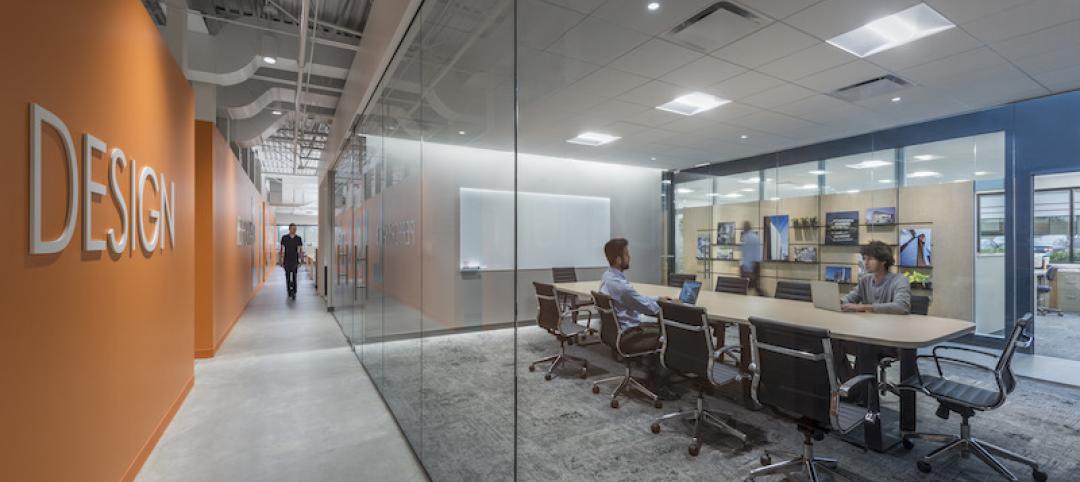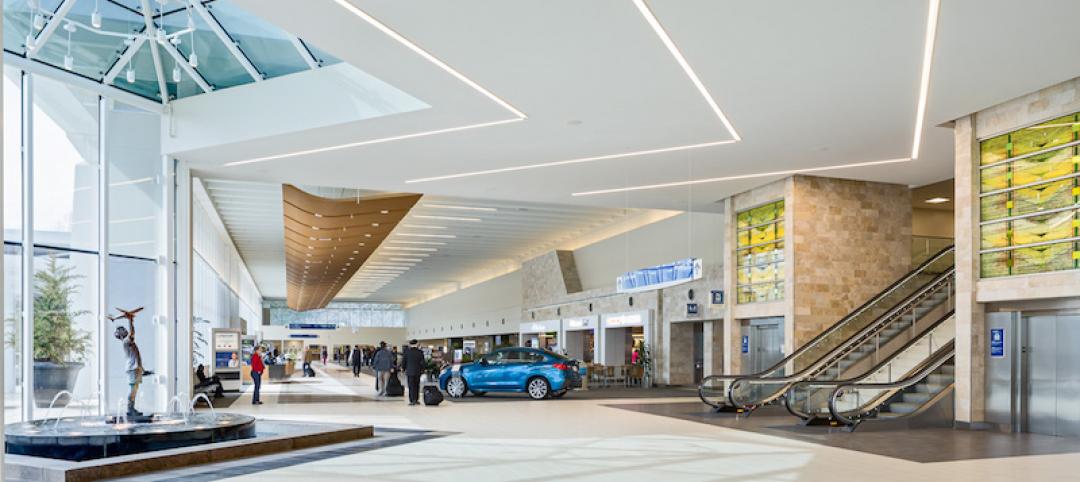A few weeks ago, I received a link to a Radware report warning about the “grave dangers” associated with robot networks that exploit Internet of Things devices as weapons of attack for launching ransomware and various other nasty disruptions against companies and individuals.
Around the same time, The Guardian posted on its website a 45-second video that shows SpotMini, a dog-like robot manufactured by Boston Dynamics, using a mechanical arm mounted on its back to open a door. That video went viral, with 8.3 million viewers in the first nine days who also saw the newspaper’s dire verdict that this machine advance is “terrifying.”
Technology has been and always will be perceived as a source for wonder and worry. As it becomes evermore essential to our daily functions, more than just the viewers of “Black Mirror” are concerned about tech’s encroachments.
This trepidation might explain why several of the technologists I’ve interviewed recently for stories about virtual reality and artificial intelligence in construction were at great pains to explain why technology can be disruptive in positive ways that shouldn’t threaten anyone’s psyche or livelihood.
“VR is neither good nor bad—it’s a tool,” states Jeremy Bailenson, a professor at Stanford University. In his new book, “Experience on Demand,” Bailenson acknowledges that there are “darker” sides to VR that can’t be ignored. But the best way to use it responsibly, he asserts, “is to be educated about what it is capable of.”
Alvise Simondetti, Arup’s Global Leader of Digital Environment, sees smart machines as “partners”—rather than adversaries—of humans. And he’s not buying into the fear that technology will inevitably dumb down creativity and render certain job titles obsolete.
Take last year’s launch of AutoDraw, the “doodle bot” developed by Google’s Creative Lab, which pairs machine learning with drawings from artists. AutoDraw gives a drawer the ability to replace a rough sketch with a more-refined drawing from that data library.
Some designers probably see AutoDraw as ominous. Simondetti views such “enhancements” as progress.
“Architects can only explore a narrow part of a design space solution. Machines can simply see a ton more,” says Simondetti. He adds that artificial intelligence will speed up the design process at a time when “the world can’t wait, not with the rate of urbanization.”
Such sanguinity might sound surprising coming from someone working in an industry usually characterized as tech phobic. But I get the sense that more AEC firms and their suppliers want to shake off that retrograde image and push their industry closer to the vanguard.
More AEC firms and their clients seem convinced that their readiness to at least coexist with—rather than quixotically resist—technology could decide who wins and who loses going forward.
Related Stories
Giants 400 | Oct 17, 2017
Top 110 office architecture firms
Gensler, Jacobs, and HOK top BD+C’s ranking of the nation’s largest office sector architecture and AE firms, as reported in the 2017 Giants 300 Report.
Giants 400 | Oct 16, 2017
Data center market forecast: Clearly cloudy
Look for mission-critical construction to double in the next few years.
Resiliency | Oct 13, 2017
Resiliency takes center stage in new projects around the country
Projects like these, where resilience is central to their design and construction, are becoming more commonplace.
Architects | Oct 11, 2017
Architects to policymakers: Buildings are infrastructure, too
Left out of this ongoing national debate over infrastructure are the nation’s other public buildings: the libraries, community centers, courthouses, community college buildings, affordable housing developments, and justice facilities.
Giants 400 | Oct 11, 2017
Top 25 data center architecture firms
Jacobs, Corgan, and Gensler top BD+C’s ranking of the nation’s largest data center sector architecture and AE firms, as reported in the 2017 Giants 300 Report.
Multifamily Housing | Oct 9, 2017
6 new products for the multifamily construction market
Bamboo wall panels, an adaptable prep sink, and a two-tiered bike parking system are among the product innovations geared for multifamily buildings.
AEC Tech | Oct 6, 2017
How professional bias can sabotage industry transformation
Professional bias can take the form of change-resistant thinking that can keep transformational or innovative ambitions at bay. Tech consultant Nate Miller presents three kinds of bias that often emerge when a professional is confronted with new technology.
Giants 400 | Oct 6, 2017
Top 90 K-12 architecture firms
Stantec, DLR Group, and PBK top BD+C’s ranking of the nation’s largest K-12 sector architecture and AE firms, as reported in the 2017 Giants 300 Report.
Giants 400 | Oct 5, 2017
On wings of gold: Alternative financing schemes are propelling the high-flyin’ air terminals sector
The $4 billion renovation of New York City’s LaGuardia Airport is the first major U.S. aviation project delivered using a public-private partnership (P3) model.
Giants 400 | Oct 4, 2017
Top 40 airport construction firms
Hensel Phelps, Turner Construction Co., and Skanska USA top BD+C’s ranking of the nation’s largest airport sector contractors and construction management firms, as reported in the 2017 Giants 300 Report.
















